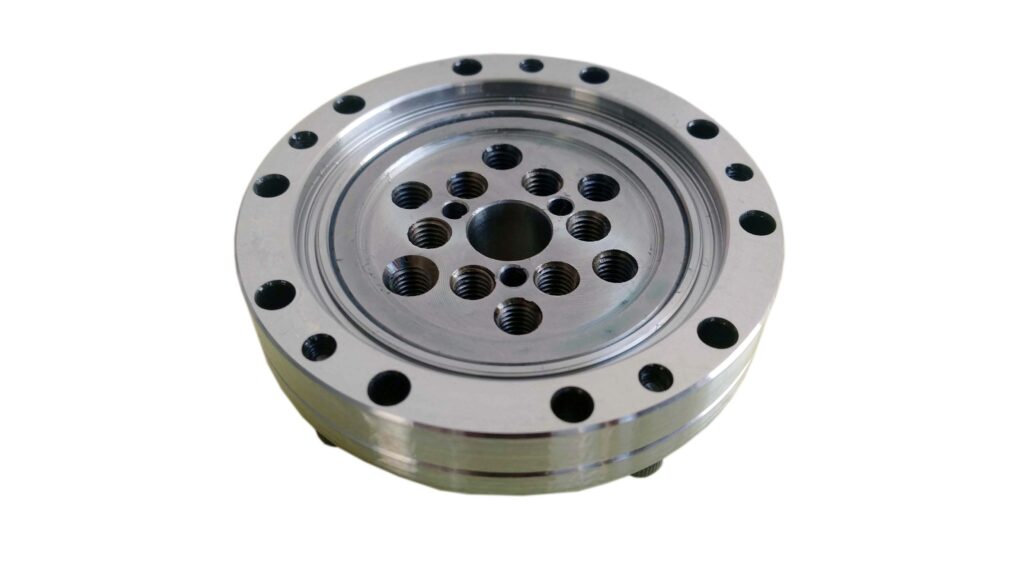In the realm of engineering and mechanical design, the significance of bearings cannot be overstated. Among the various types of bearings available, flexible ball bearings stand out due to their unique design and versatility. This article aims to provide a comprehensive overview of flexible ball bearings, exploring their functionality, applications, and advantages in modern machinery.
Understanding Flexible Ball Bearings
Flexible ball bearings are engineered to accommodate misalignment and angular displacement, distinguishing them from traditional rigid bearings. Constructed with a combination of spherical elements and flexible housing, they allow for enhanced movement and adjustment in dynamic environments. This innovative design enables flexible ball bearings to absorb shocks, manage axial loads, and withstand radial stresses while maintaining operational efficiency.
Design and Construction
The fundamental structure of a flexible ball bearing includes balls, a cage, inner and outer rings, and, importantly, a flexible outer housing. The outer housing can be composed of elastomeric materials or other flexible compounds designed to provide a degree of deformation under load, improving alignment with shafts and housings. The precise arrangement of the spherical balls within the bearing cage ensures smooth rotation, reducing friction and wear over time.
Key Features
- Misalignment Accommodation: One of the most notable features of flexible ball bearings is their ability to handle angular misalignment. This flexibility allows the bearings to function optimally in applications where precise alignment is challenging.
- Load Distribution: Flexible ball bearings efficiently distribute loads across the entire bearing surface. This capability minimizes stress concentrations and prolongs the bearing’s lifespan while also enhancing overall system stability.
- Noise and Vibration Reduction: The inherent flexibility of these bearings contributes to damping vibrations and reducing noise, making them suitable for applications in noise-sensitive environments.
Applications of Flexible Ball Bearings
Flexible ball bearings find utility in a wide range of industries due to their adaptable design features. Some common applications include:
– Automotive Industry: In vehicles, flexible ball bearings are utilized in suspension systems, allowing for improved ride comfort and handling by accommodating road irregularities.
– Robotics: In robotic systems, these bearings enhance joint movements, enabling more versatile and fluid operations in robotic arms and other articulated structures.
– Industrial Machinery: Flexible ball bearings are deployed in various machine tools and conveyor systems, where they help in managing load variations and ensuring smooth operations despite misalignment.
– Consumer Electronics: Many modern electronic devices incorporate flexible ball bearings to ensure precise and reliable movement in components such as hard drives and cooling fans.
Advantages of Using Flexible Ball Bearings
- Enhanced Durability: The design of flexible ball bearings helps mitigate wear and tear, leading to extended service life compared to traditional bearings under similar conditions.
- Improved Performance: With the ability to accommodate misalignment and dynamic loads, these bearings enhance overall system performance, making them a preferred choice in critical applications.
- Maintenance Flexibility: Flexible ball bearings often require less maintenance due to their robust design and ability to self-adjust to varying conditions, resulting in reduced operational costs.
Flexible ball bearings represent a harmonious blend of innovation and practicality in the field of mechanical engineering. Their ability to accommodate misalignment, reduce noise, and enhance load distribution makes them indispensable in various industrial applications. As technology continues to advance, the role of flexible ball bearings is expected to grow, driving innovation and improving efficiency across multiple sectors. As such, understanding their functionality and benefits is crucial for engineers and designers looking to incorporate these components into their systems for optimal performance.






